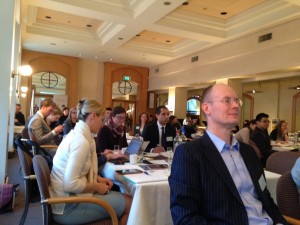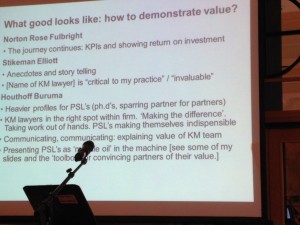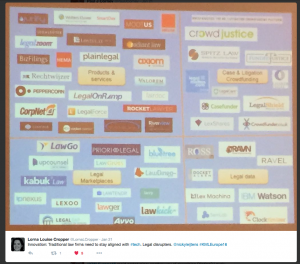As regular readers of this column will know, when in England I try to begin my day in Eastbourne with a coffee (a Decaf, Espresso is off the menu now) before walking back along the seafront to work in Meads Village where I live. I always take a notepad to capture the revelations that occasionally come to me.
Bollywood beckons
 Today was a case in point. As I got to the seafront I was approached by an Indian man who looked lost.
Today was a case in point. As I got to the seafront I was approached by an Indian man who looked lost.
His English was heavily accented and my command of Hindi is so poor that our conversation was a bit stilted. He asked, “where is the fliming?'” I replied, “what filming?” to which the response was, “The Bollywood Filming at the Tower” which I inferred to be the Wish Tower (a notable landmark with a view to the pier – see alongside) and showed him the way.
NB I didn’t hang around for a role as an extra since I am no longer supple enough to participate in the dance routines that often feature in Bollywood movies.
Brexit, Paramedics and the Patient Access System
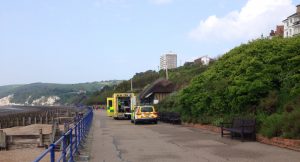 My second strange encounter was to find two paramedics and an ambulance on the promenade by one of the thatched beach shelters which are used in good weather as overnight accommodation by those who have none.
My second strange encounter was to find two paramedics and an ambulance on the promenade by one of the thatched beach shelters which are used in good weather as overnight accommodation by those who have none.
I mention this since it became the talk of the promenade prompting the same sort of negative comment I heard at the previous night’s EU Brexit debate: “There’s too many people here, I can’t get a Doctor’s appointment when I call and yet those people get an ambulance and paramedics”.
Strangely enough this got the creative juices flowing – a case of disruptive influences perhaps. Mulling over the (lack of) debate that took place at the EU Referendum event I attended the previous evening, same old non arguments about statistics that can be interpreted in multiple ways, it triggered a thought about the challenge of having too much information and knowledge and not knowing how to locate it or indeed what to do with it.
To explain. For reasons too many to go into I have become familiar with the National Health Service’s Patient Access System. It’s an extranet that enables a patient to communicate with clinicians, make appointments, renew prescriptions and review all results and examine the historical trends, I can have a blood test one day and see the results online the following day. It works brilliantly yet only 30% of patients actively use it.
If I am overseas and need additional medication on my return to the UK I can organise it remotely. It allows me to manage any health issues and improves my understanding of diagnosis and treatment so that a visit to the doctor is much more effective for her and me. It’s a far cry from the promenader’s “…I can’t get an appointment” perhaps confirming that knowing where to find ‘stuff’ and how to interact with systems is beyond the ken of many.
It reinforces my view that stakeholder engagement is both essential and difficult. Few of us have the analytic mind or patience to dig beneath the covers. We live in a soundbite society where we are used to instant responses and expect technology to provide it.
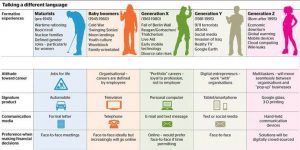 In the case of Patient Access I imagine engagement is a bigger challenge due to its wider range of potential users than in a business environment where focus is on Baby Boomer to Generation Z .
In the case of Patient Access I imagine engagement is a bigger challenge due to its wider range of potential users than in a business environment where focus is on Baby Boomer to Generation Z .
For more on this topic check out What’s in it for me: The challenge of sharing client knowledge and broadening relationships.)
Finding ‘stuff’
The Patient Access System is a great example of consolidating information and data yet is the not success is could be as many people don’t know about it, feel overwhelmed by it or can’t be bothered to try it. These what’s in it for me issues show themselves in business too.
Try as we might technology makes it impossible to switch off from work (unless we switch off) though French legislation making it an offence to send emails to workers outside of the normal working ‘day’ might contradict that statement. Yet we are increasingly time constrained and swamped by ‘stuff’ and email.
So what’s the answer? Assisted Search? Tagging? Automatic Indexing on the fly?
Recently two fellow Knowledge & Information Authors have opined on how to overcome the challenge of making it easier for people to find what they are looking for.
Nick Milton’s blog tackles the subject of Knowledge Bases and I was drawn to (and agree with) his assertion that you should
Structure your stored knowledge based on what people will be looking for, not based on who created it.
To an extent Nick’s blog post is recognition that search is not working: if it were then why would you need ‘assisted’ search in the form of a Knowledge Base. I need to declare prior interest here as 20 years ago I was President of Verity’s European User Group (Verity was the granddady of search). Verity’s Topic Search used to create collections which assembled like minded content into meangful groupings.
Martin White’s cms search blog http://www.cmswire.com/information-management/enterprise-search-is-bringing-me-down/ backs up the search is not working view and Martin notes:
If you can’t find information, then in effect it does not exist.
Your search application may return 85,340 results for a query, but if the most relevant information was not indexed, or your security permissions inadvertently prevented the information from being displayed — can you trust your search application?
And finally
In Lisboa at last month’s SocialNow event which among other things aims to shine a light on workplace collaboration tools much of the talk was about tagging of content so that it was more easily found. The danger of relying on Tagging like Taxonomy is that one man’s tag is another man’s conundrum.
Perhaps this example best sums it up. I reluctantly became a Mac user in 2010. Having grown up on Windows infrastructure I was wedded to the idea of Explorer to manage my documents and files. I was assured that Mac Search would solve all my problems and had no need of a filing structure or Knowledge Base. It doesn’t and though I would never go back I still use an Explorer like structure to augment search.
It seems Assisted Search is here to stay for the foreseeable future.

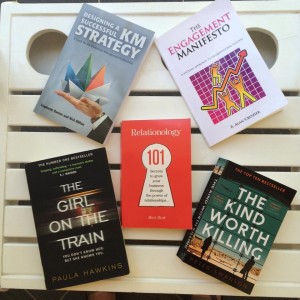 in constant anticipation and it kept my interest throughout. Great for a 5 hour plane ride.
in constant anticipation and it kept my interest throughout. Great for a 5 hour plane ride.
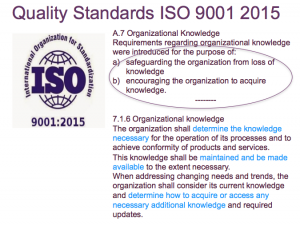
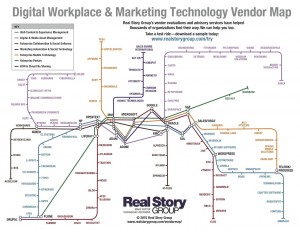 I was really taken by the closing Keynote from Tony Byrne of
I was really taken by the closing Keynote from Tony Byrne of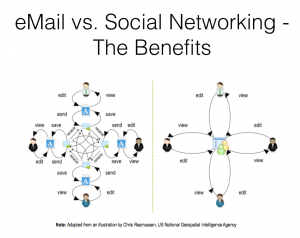 Luis ran the morning and I ran the afternoon. His method and justification for lowering email usage are compelling and I loved this slide that shows how a social networking platform can be a lot more efficient than using email.
Luis ran the morning and I ran the afternoon. His method and justification for lowering email usage are compelling and I loved this slide that shows how a social networking platform can be a lot more efficient than using email.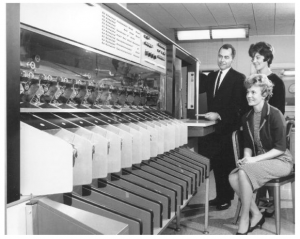
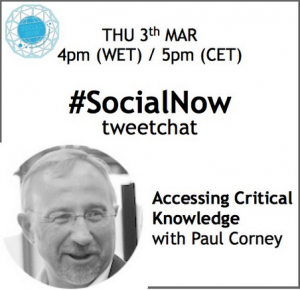







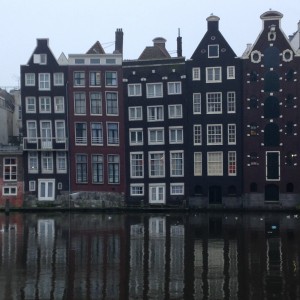 A year on from the
A year on from the 